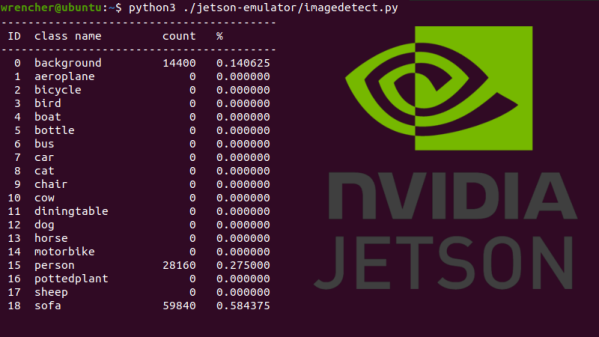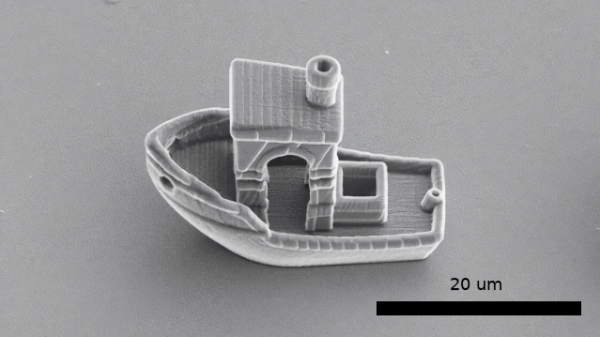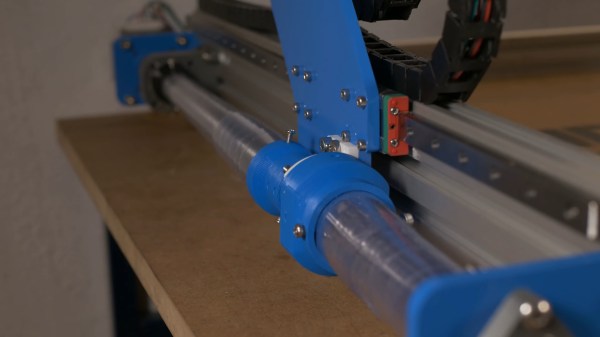There’s an old joke that the world’s greatest secret agent was Beethoven. Didn’t know Beethoven was a secret agent? That’s why he was the greatest one! While most people have some idea about the CIA, MI6, and the GRU, agencies like the NRO and GCHQ keep a much lower profile. GCHQ (Government Communications Headquarters) is the United Kingdom’s electronic listening center housed in a 180 meter round doughnut. From there they listen to… well… everything. They are also responsible for codebreaking and can trace their origin back to Bletchley Park as well as back to the Great War. So what’s inside the Doughnut? National Geographic managed to get a tour of GCHQ and if you have any interest in spies, radios, cybersecurity, or codebreaking, it is worth having a look at it.
Of course, only about half of the GCHQ’s employees work in the Doughnut. Others are scattered about the UK and — probably — some in other parts of the world, too. According to the article, GCHQ had a hand in foiling 19 terrorist attacks, arresting at least two sex offenders, and prevented about £1.5 billion of tax evasion.
Continue reading “Inside The Top Secret Doughnut: A Visit To GCHQ”


















